Year 3 have learnt about what causes earthquakes, volcanoes, and floods and how those events shape the surface of the earth. We have all been fascinated with the eruption aspect of volcanoes. We all wanted to see first-hand how this type of phenomenon happens to help us develop our understanding of phenomena that sculpt the earth.
What happens when a volcano erupts?
To answer this question, we learnt that extreme heat can cause bubbles of carbon dioxide gas in magma at the Earth’s core to expand. The expanding gas pushes the magma into the vent of a volcano and up to Earth’s surface. A volcanic eruption occurs when the magma overflows. To experience this for ourselves, we wanted to learn more about chemical reactions and most importantly made our own explosions to bring the exciting world of science to life.
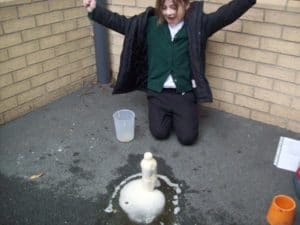
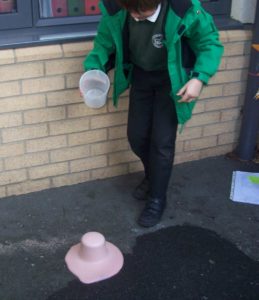
A chemical reaction between vinegar and baking soda creates a gas called carbon dioxide. Carbon dioxide is the same type of gas used to make the carbonation in fizzy drinks. If you shake up a bottle of fizzy drink, the gas gets very excited and tries to spread out. There is not enough room in the bottle for the gas to spread out so pressure builds up inside the plastic bottle until the gas bubbles out of the volcano. It leaves through the opening very quickly, causing an eruption! In this way, the model is similar to a real volcano.
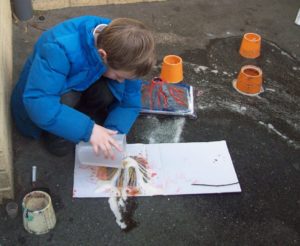
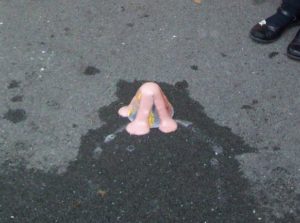

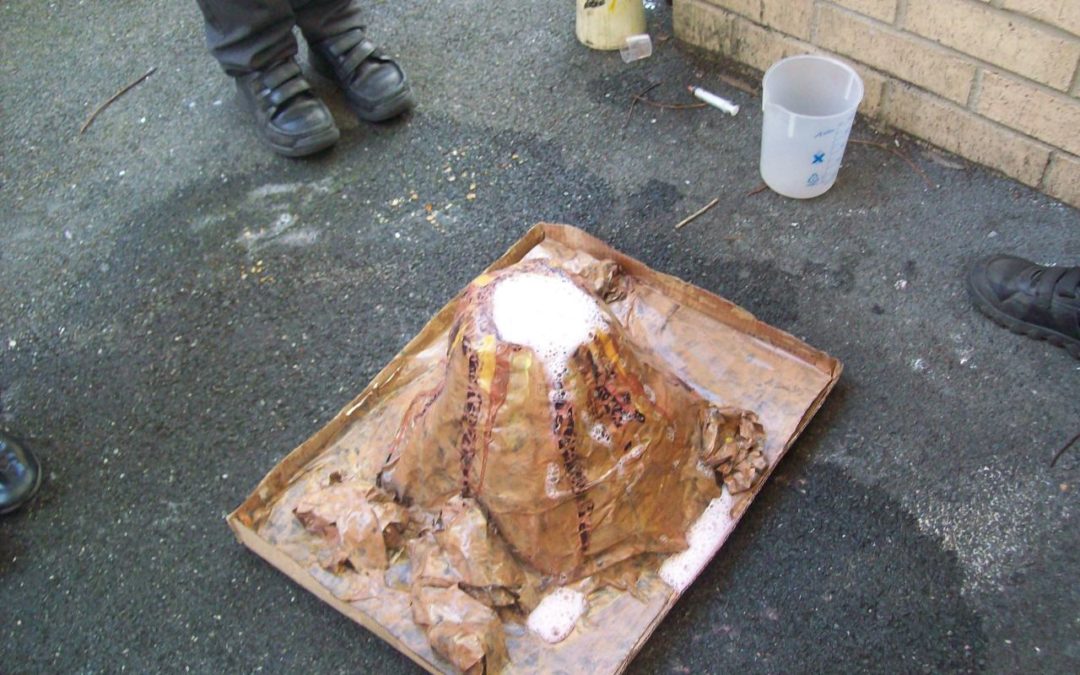
Recent Comments